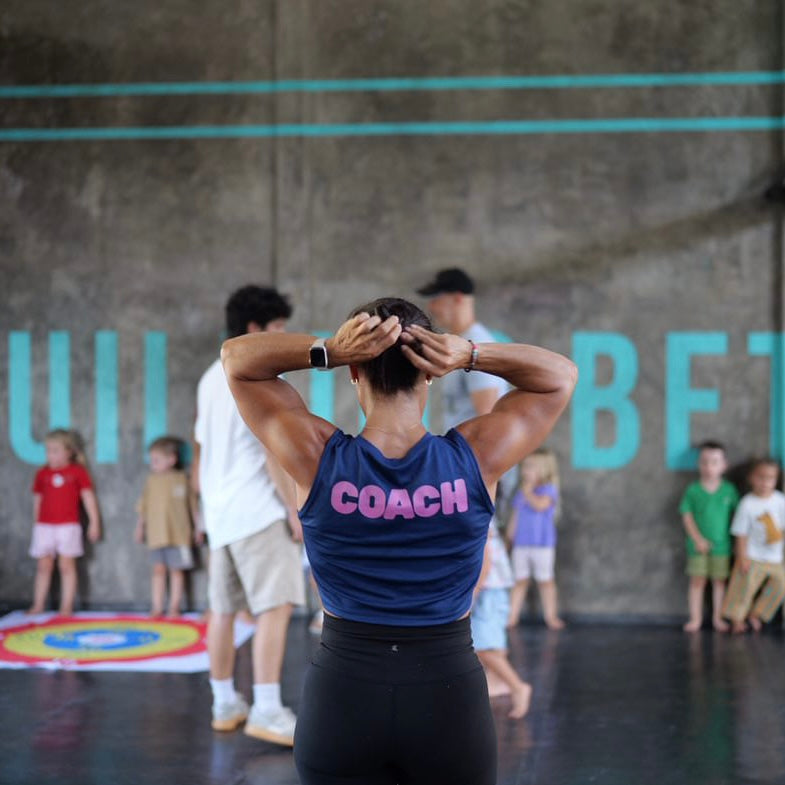Somewhere along the way, childhood started shrinking. There is less grass, less climbing, fewer scraped knees and muddy shoes. There are more screens, more sitting, and more entertainment instead of exploration.
But the truth is simple. Children learn the world through their bodies long before they understand it with their minds. Nothing on a screen can match the lessons that come from movement, challenge, and real life.
Their Bodies Are Building Their Brains
A child’s brain forms faster in early childhood than at any other time in life. Every jump, fall, crawl, spin, and climb sends messages through the nervous system that shape the ability to focus, imagine, regulate emotions, and solve problems.
Crawling strengthens communication between both sides of the brain. These are the same pathways used later for reading and language.
Balancing trains the vestibular system, which helps children sit still, concentrate, and stay calm.
Climbing teaches bravery, spatial awareness, and problem solving.
When children move, they are not wasting energy. They are wiring the foundation of their future abilities.
Kids Who Move Become Kids Who Learn
You do not have to teach confidence to a child who has earned it through experience.
A child who runs, climbs, jumps, and figures things out physically learns something powerful.
I can do this.
I can try again.
I can handle challenges.
Movement improves memory, concentration, emotional regulation, sleep, social behavior, and resilience. So often adults believe learning comes from sitting still. For children, the opposite is true.
The Magic of Mastery
Every time a child attempts something slightly difficult, like balancing on a rock or reaching a higher branch, the brain lights up with effort.
If they fall and try again, they learn something even more important.
I get stronger when I try.
These small victories turn into self-belief.
Self-belief becomes confidence.
Confidence becomes mindset.
We can protect a child into weakness or guide them into strength. The difference is allowing them to try.
Why Screens Cannot Replace Real Life
Screens entertain children, but they do not develop them. They keep the body still and the mind overstimulated.
Children need the world: dirt, wind, water, sound, weight, distance, balance, pressure, heat, and cold. They need to touch, feel, and explore.
High screen exposure has been linked to delayed speech, shorter attention span, emotional instability, difficulty with social interaction, poor sleep, and sensory overload.
The brain grows from real experience, not digital stimulation.
Play Is A Child’s Work
Play is not a break from learning. Play is learning.
It teaches creativity, teamwork, patience, imagination, emotional control, and problem solving. When children play, they build the life skills adults spend years trying to teach later.
What Helps Kids Grow Stronger
Raising confident, resilient minds does not require special equipment. It requires space, time, trust, and real-world experience.
Take them outside.
Let them climb, dig, splash, run, and roll.
Encourage barefoot play.
Allow them to struggle before stepping in.
Praise effort instead of ease.
Keep screens low enough that real life has room to shape them.
Replace “be careful” with “I am here and you can take your time.”
A scraped knee heals quickly. A confident nervous system lasts a lifetime.
This Is How They Become Themselves
Kids who move learn courage.
Kids who explore learn curiosity.
Kids who try learn resilience.
Kids who fall and stand back up become adults who do the same.
Movement builds confidence.
Confidence builds mindset.
Mindset builds the future.
Move more. Scroll less. Real life creates strong kids.





